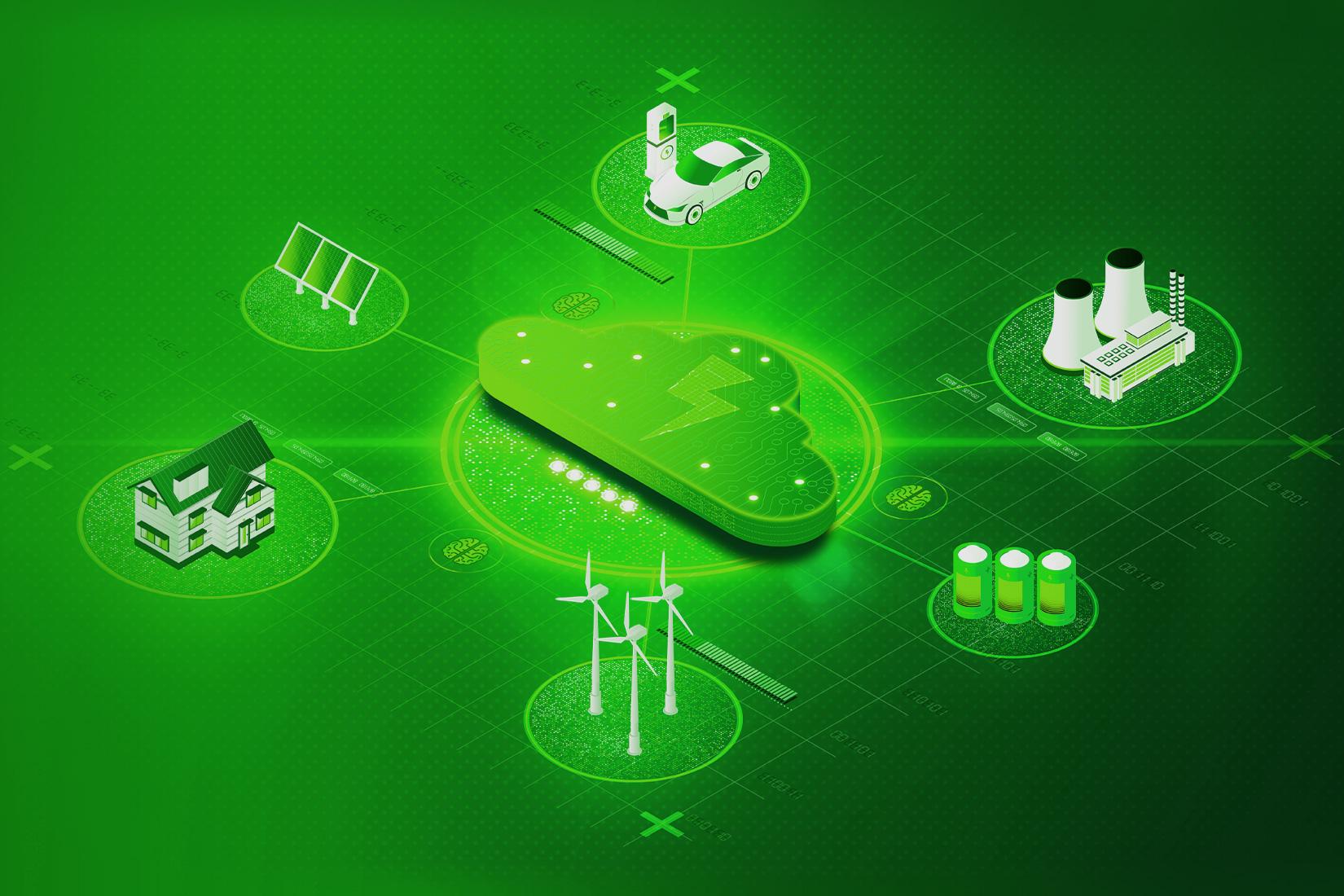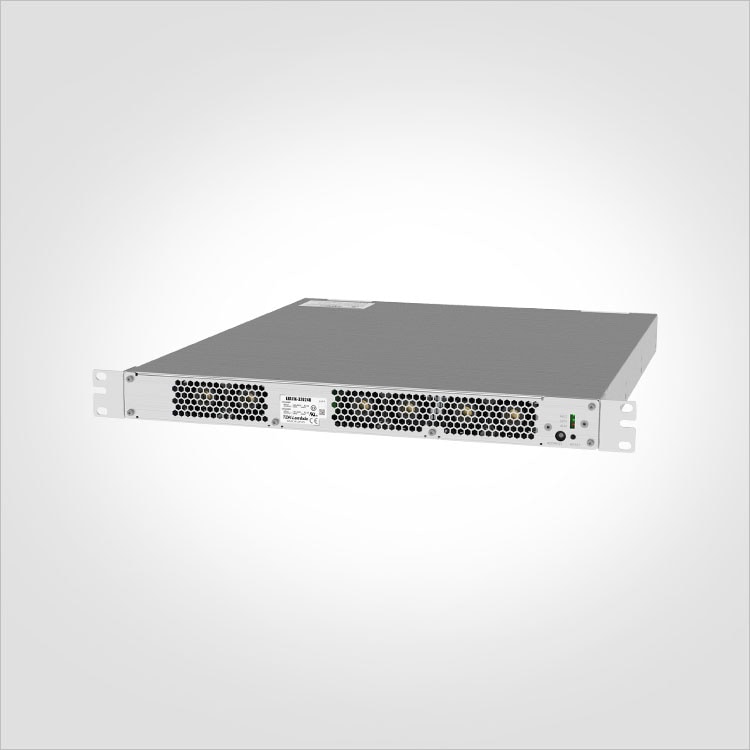
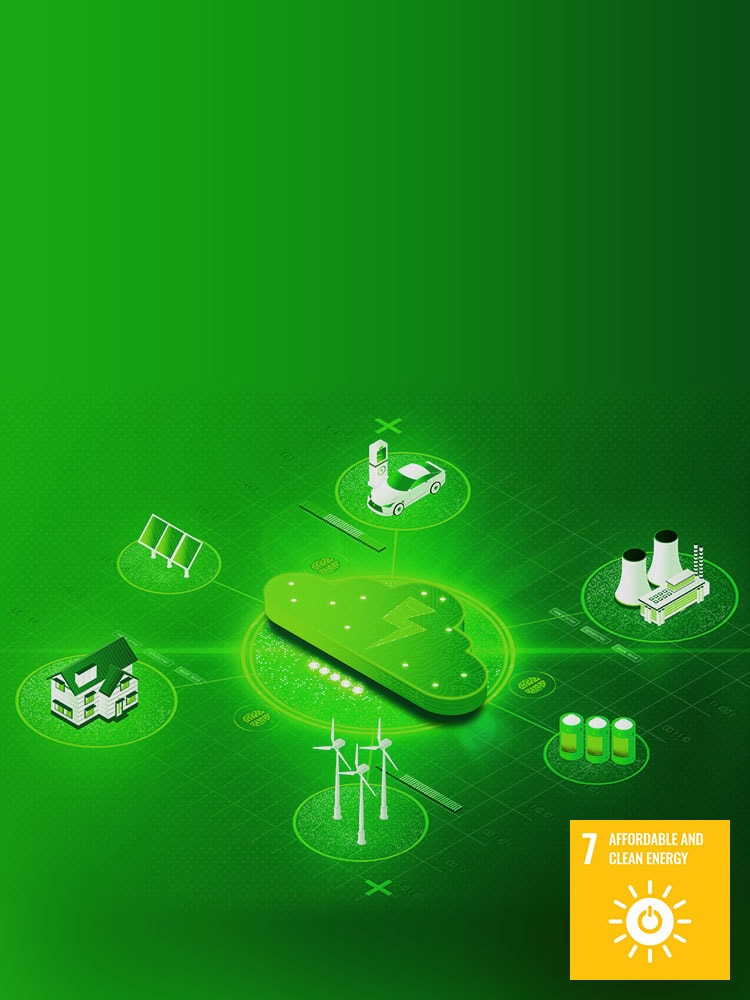
Empowering a Sustainable Energy Society: Microgrids and Next-Generation Power Technologies
As renewable energy adoption grows, the challenge is no longer just about improving the performance of solar panels and wind turbines, but also about efficiently transmitting, storing, and utilizing the electricity they generate. TDK is meeting this challenge by developing power supply products that optimally control and utilize the outputs of renewable sources, helping build a society where environmentally friendly energy is also dependable. Meanwhile, TDK has implemented an Environmental Management System (EMS) that integrates corporate and environmental management to respond to increasingly diverse environmental challenges.
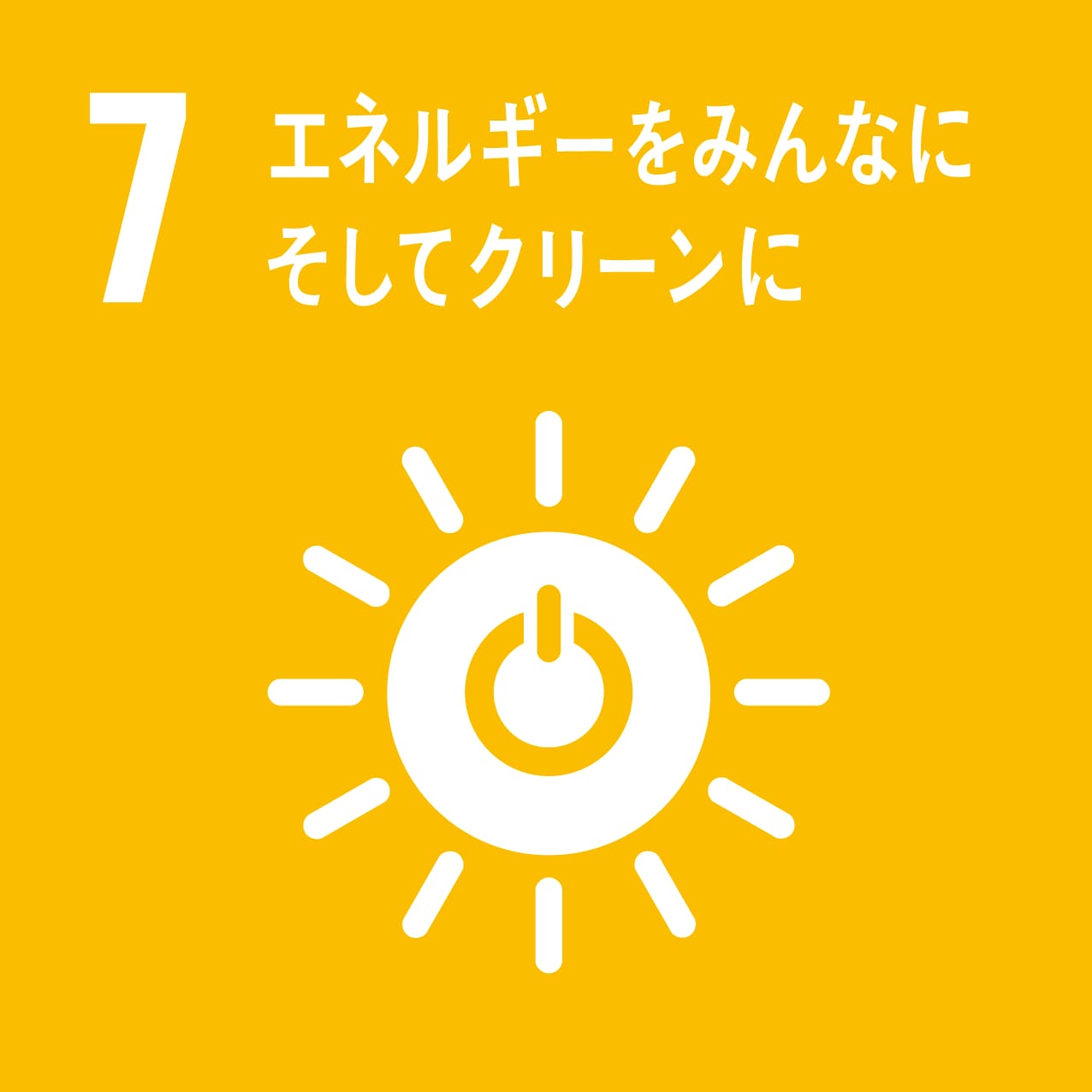
▶Related Story:
Backed by this Power Supply Device, Smart Grids Couple Renewable Energy with ICT
Unlocking the potential of renewable energy
Driven by the need to combat global warming and ensure a stable energy supply, renewable energy sources like solar and wind are being rapidly deployed worldwide. Yet, because their outputs fluctuate easily with weather conditions and time of day, reliable utilization requires technologies that intelligently manage the electricity generated. One concept attracting growing attention in this context is the microgrid.
Unlike conventional large-scale commercial grids, microgrids are small, local power networks that serve specific communities or facilities. By combining solar panels, wind turbines, storage batteries and other resources, microgrids enable the generation, storage, and transmission of electricity to be managed within the scope of a local area or facility.
While conventional power networks employ alternating current (AC), microgrids are primarily built around direct current (DC) systems like solar power and storage batteries. Power from sources that generate AC, such as wind power, is rectified and converted to DC. This approach reduces not only energy losses during power conversion but also the number of devices required for the conversion process.
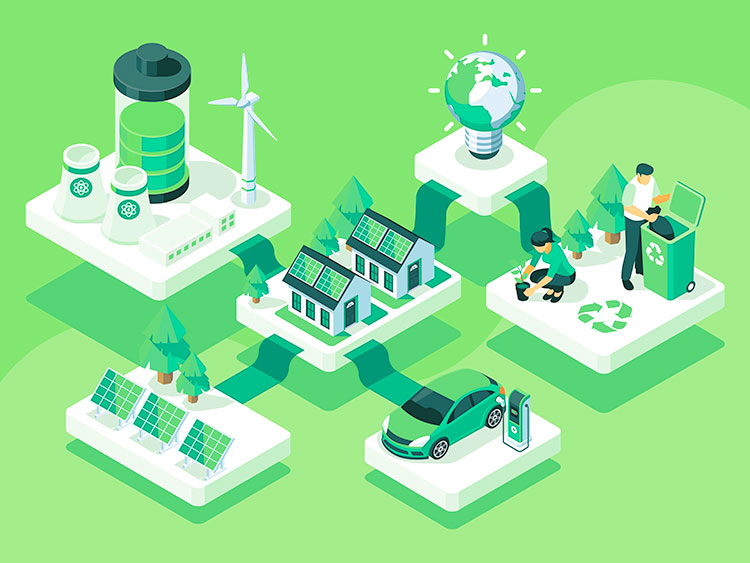
Known as DC microgrids*1, these direct current-based power networks are increasingly adopted at data centers, factories, office buildings, and hospitals seeking greater energy efficiency.
Solar panels and wind turbines cannot directly feed their outputs into DC microgrids. This is where the Maximum Power Point Tracking (MPPT) converter comes into play. An MPPT converter is a power supply apparatus that dynamically optimizes voltage and current in response to changes in solar power output and weather conditions, ensuring that maximum possible power is consistently supplied to the DC network.
Configuration of a DC Microgrid
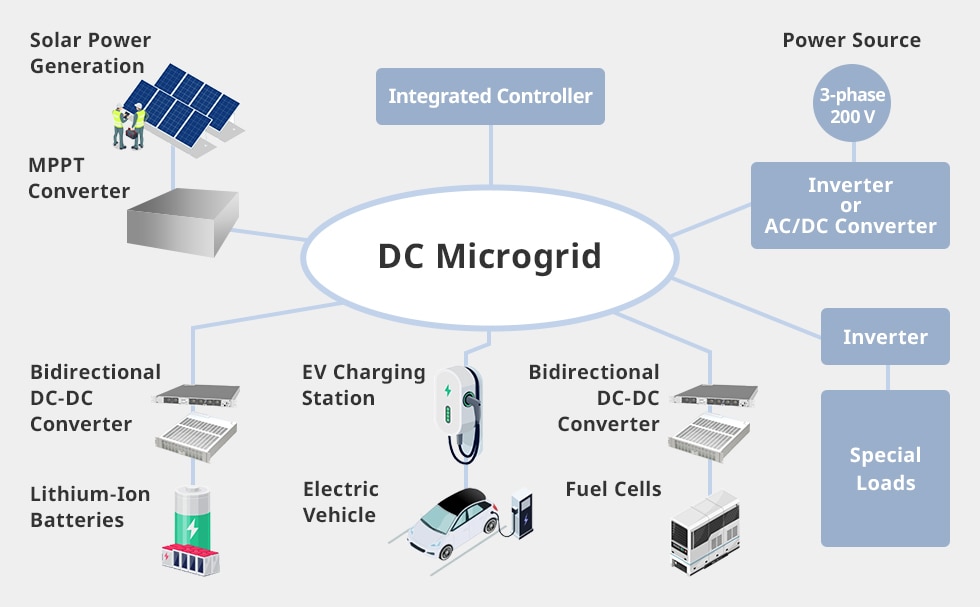
New challenges emerging with higher voltages
To minimize energy losses during transmission, DC microgrids are gravitating toward technologies that operate at higher voltages. Today, 1500 V DC is becoming commonplace in industrial applications. That said, power devices capable of handling such high voltages are still limited, and products supporting bidirectional power flow are even rarer. To ensure stable operation while incorporating renewables—by storing surplus power in batteries and releasing it when demand rises—equipment with bidirectional voltage conversion capabilities is indispensable.
TDK-Lambda’s new technology perfect for high-voltage microgrids
To address these challenges, TDK Group company TDK Lambda has developed the bidirectional DC-DC converter EZA11K alongside a power supply system that allows up to six of these converters to be connected in series using the optional unit EZA11K-SU. Together, the two products can back the buildout of high-voltage microgrids.
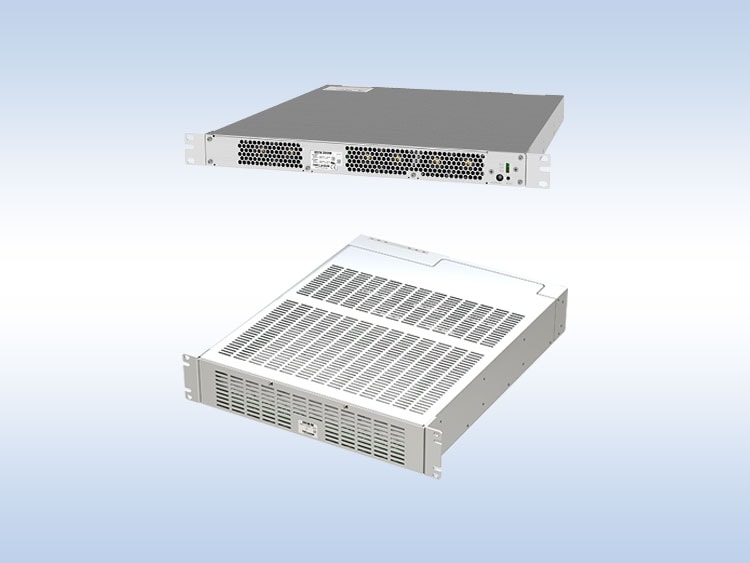
Highlights of the power system comprised of EZA11K and EZA11K-SU
●Connect up to six units in series for 1500 V DC applications
Using the optional unit EZA11K-SU, up to six EZA11K bidirectional DC-DC converters can be connected in series, enabling a high-voltage 1500 V DC output and a robust 66 kW capacity. Stable operation is ensured, even in high-voltage microgrids.
●Supports bidirectional power flow
The EZA11K supports both battery charging and discharging in a single unit, allowing energy-optimizing operations like storing surplus electricity and releasing it during shortages.
●Engineered for high efficiency and enhanced safety
Internally, the EZA11K features high-efficiency SiC-MOSFETs (silicon carbide MOSFETs) and TDK’s proprietary low-loss magnetic material PCH95, achieving a remarkable maximum conversion efficiency of 96.5%. Additionally, an integrated voltage balancing unit and an overvoltage protection (OVP) unit provide superior safety.
What’s more, the EZA11K features an autonomous control mode that automatically manages charging and discharging in response to voltage fluctuations, assisting the microgrid’s reliable operation.
Microgrids make future visions come true
The bidirectional DC-DC converter EZA11K is already undergoing trials at university campuses and corporate facilities. Its performance has been validated in conversions between 1500 V and 380 V DC grids, as well as the smooth charging and discharging of storage batteries. As demand continues to grow for higher-voltage, larger-capacity DC microgrids in urban infrastructure and large-scale renewable energy installations, the role of bidirectional DC-DC converters is sure to become even more crucial.
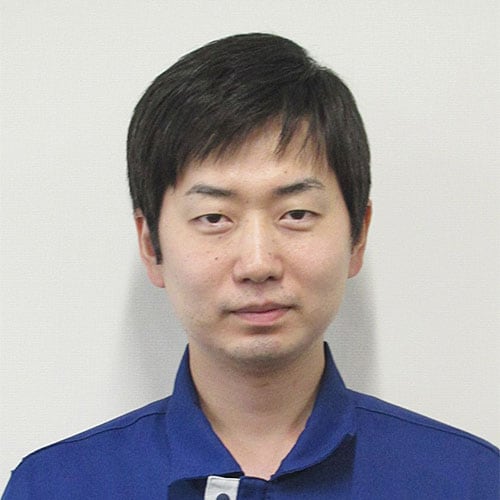
System Power Development Section
Green Energy Technology Group 1
TDK-Lambda
Syohei Yamazaki of TDK-Lambda’s System Power Development Section spoke about the potential of power supply solutions in microgrids. “In microgrids, the power output from sources like solar is in direct current (DC). This is why microgrids typically take the form of a DC power distribution network, unlike conventional commercial grids where alternating current (AC) is the standard. Microgrids also incorporate battery systems based on lithium-ion and other rechargeable technologies to store surplus energy. TDK Lambda’s DC-DC converters enable power flow between the DC network and storage batteries. They convert one form of DC to another as required, delivering a stable, optimal supply of power to electronic devices. These products also help reduce energy costs and lower the environmental impact, playing a key role in the development of sustainable energy infrastructures.”
Real-world applications
■Kanazawa Institute of Technology’s Hakusanroku Campus (Ishikawa Prefecture)
EZA Series converters are utilized to promote local production and consumption of renewable energy as well as to enhance energy resilience. These efforts include autonomous, distributed control of battery storage systems, DC power generation using a Stirling engine driven by a biomass thermal energy source, and MPPT control featuring diagnostic functions for solar power generation. See here for details.
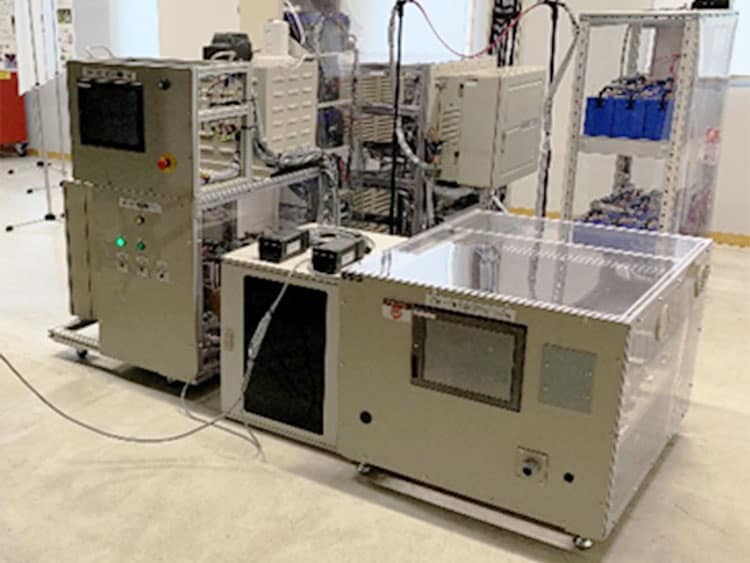
■Seiko Electric Corporation (Komatsu, Ishikawa Prefecture)
A DC microgrid has been implemented to ensure self-sufficient power during disasters and to reduce dependence on commercial power sources. Thanks to the EZA Series, the system also supports online maintenance of solar panels as well as a connection to electric vehicles as a power source. See here for details.

TDK Lambda is also pushing forward the development of next-generation solutions that integrate the EZA11 with battery management systems (BMS)*2. By further boosting renewable energy use and continually pursuing energy efficiency, the company is paving the way towards a more sustainable society. For more detailed product information, please visit the Product Center.
Terminology
- DC microgrid: A small-scale power network that operates on direct current (DC) electricity. Combining it with renewable energy generation and storage systems can reduce energy conversion losses.
- BMS: Short for Battery Management System. A solution for monitoring and managing the status of battery storage systems. It ensures optimal charging and discharging while preventing battery degradation.









